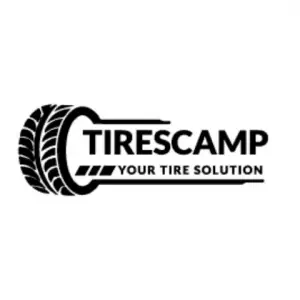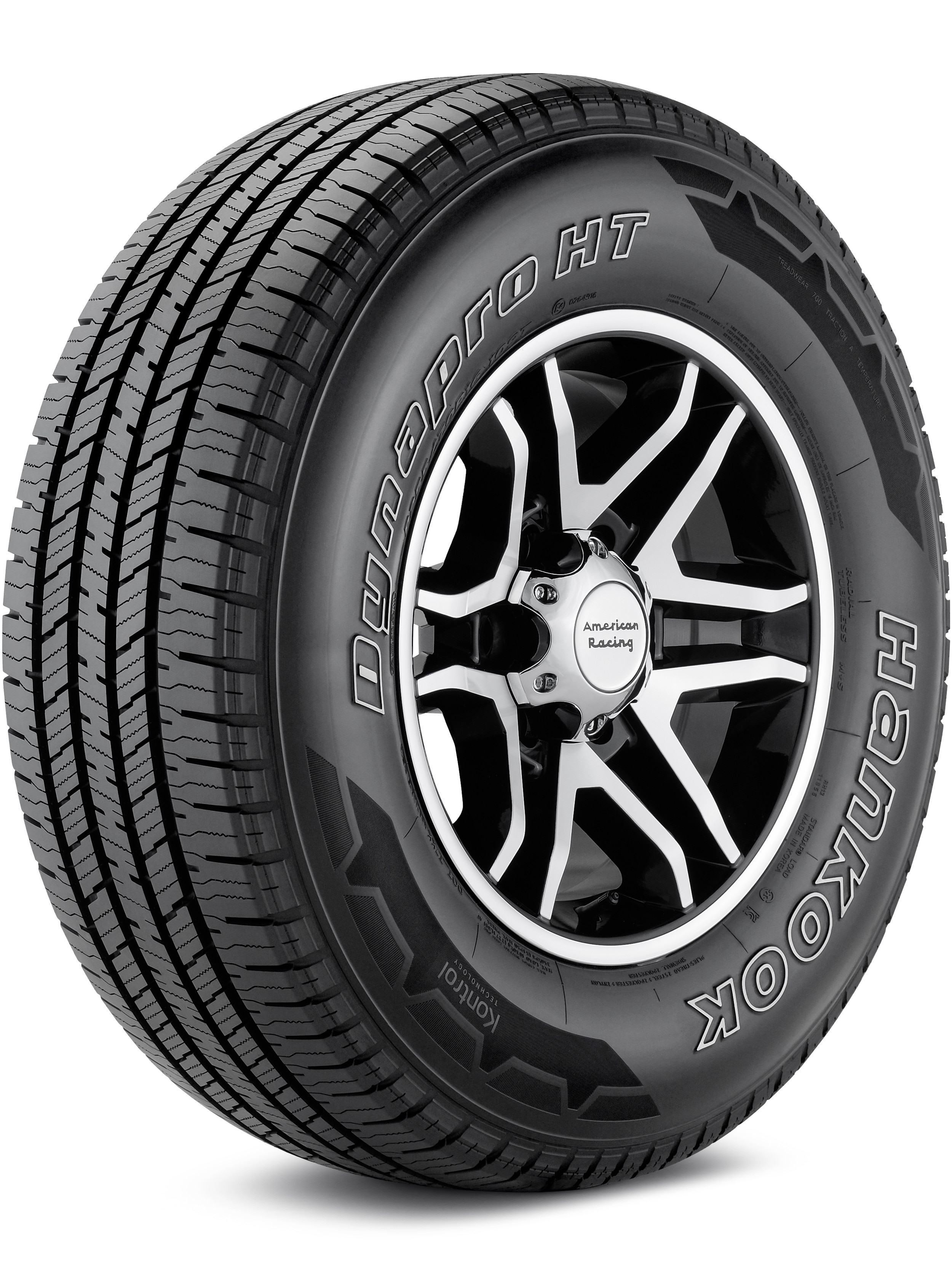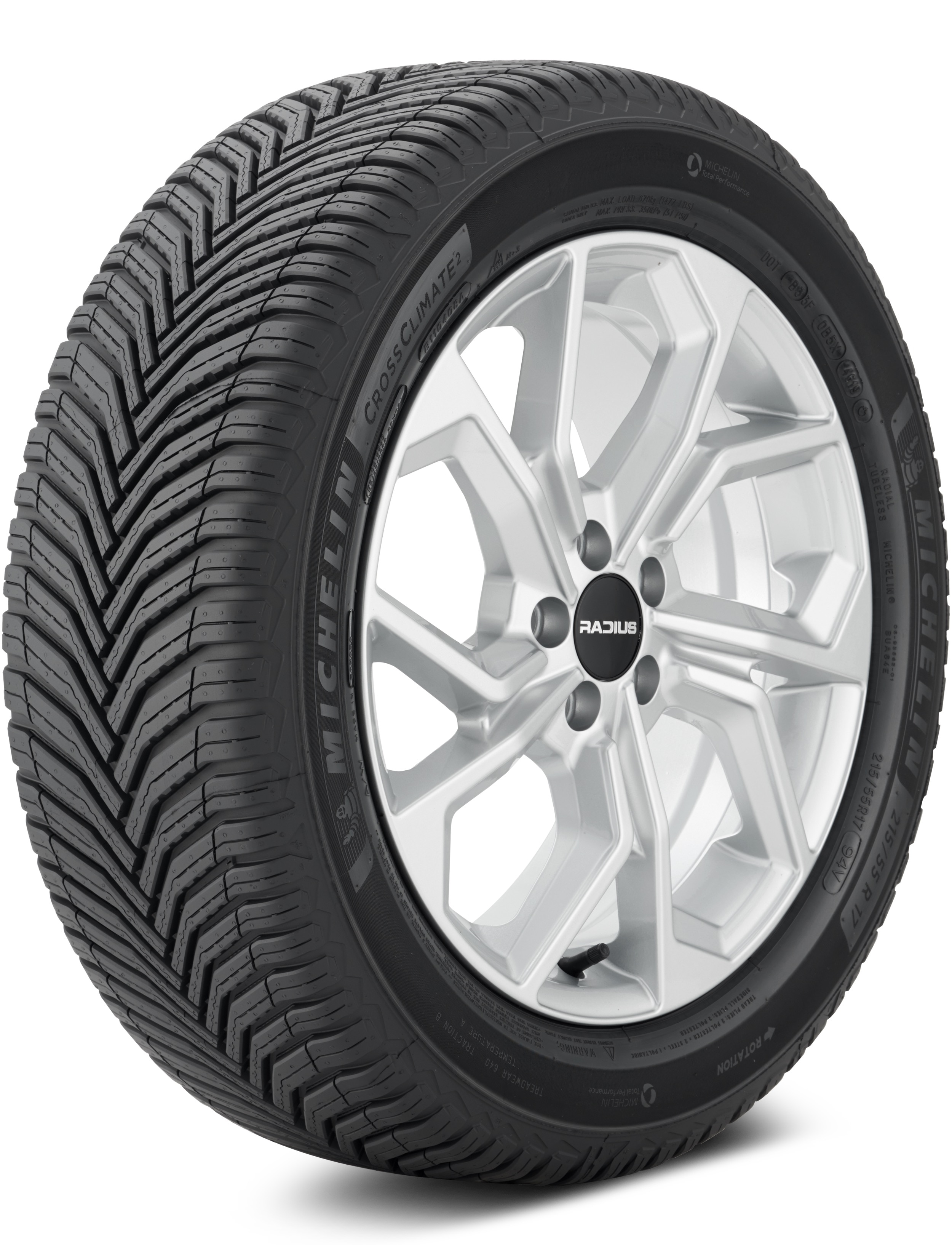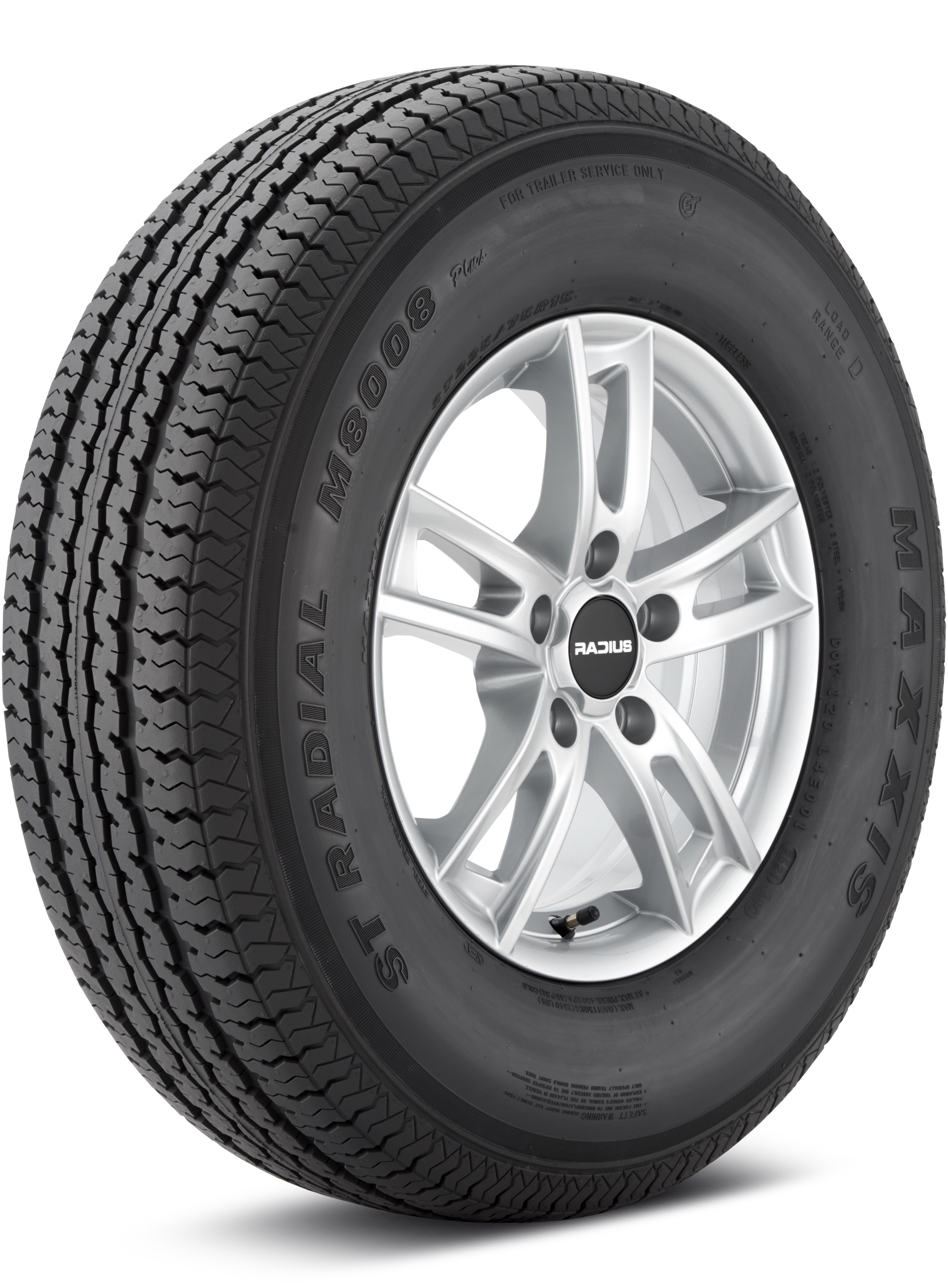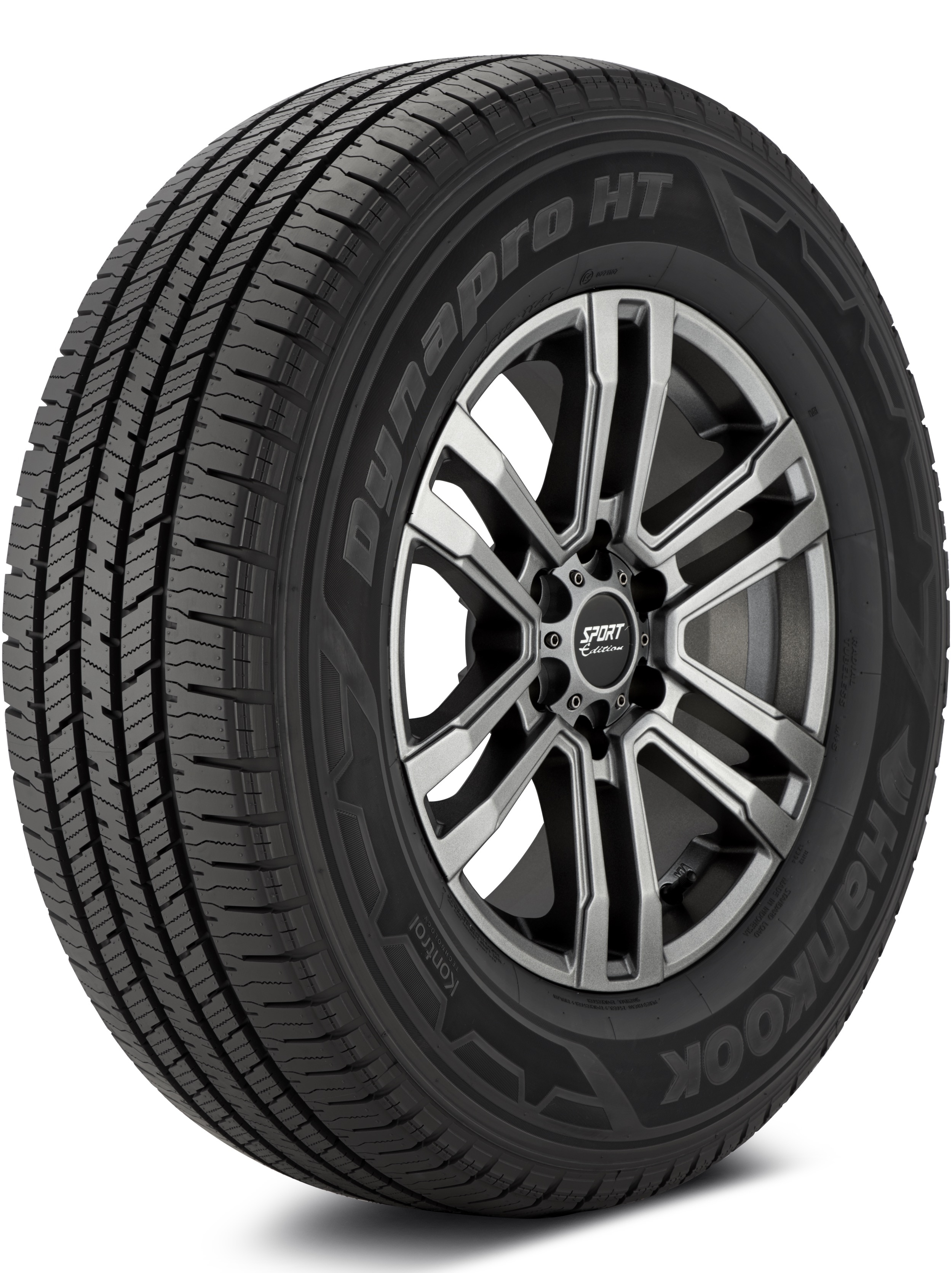When buying tires, you might get confused between XL and E-rated tires. What is the difference between the two?
The writing on tires can be confusing sometimes. For all we know, they help get the right tires for our cars. But don’t worry, since this article will help answer your question.
XL vs. E-Rated Tires: What is the Difference?
So, what makes XL and E-rated tires different from one another? XL tires are a robust variation of passenger tires that are designed to provide a comfortable ride. On the other hand, the E-rated tires are made for light truck tires; thus, they are stiffer but have a higher load capacity and lower speed rating.
We will examine each tire in this article so that you can learn more about them.
XL Tires
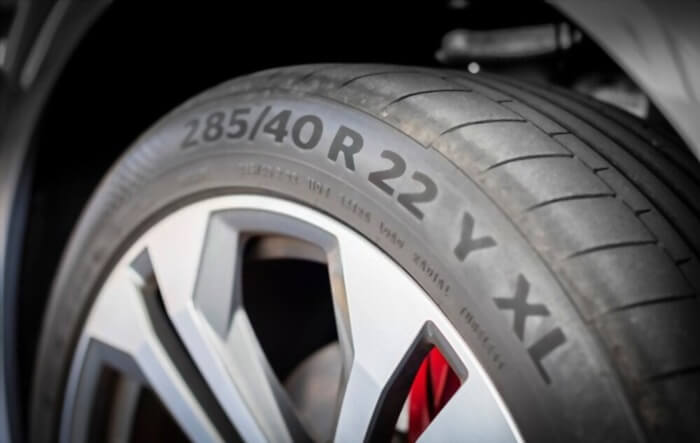
XL tires are also known as Extra Load Tires. As stated earlier, they are the strongest variation of passenger tires. They feature an internal reinforced construction, and their optimal load pressure is 41psi.
Their internal reinforced construction results from using extra materials in producing these tires, commonly on the tire’s shoulder, for additional strength. The reinforcement also protects the tires from damage due to road impacts and reduces the chances of tire deflection.
Compared to other passenger tires such as SL and LL, these tires can bear heavier load pressures. As a result, they are frequently used in situations that necessitate enhanced tire safety or significantly high load capacity.
| Load Ranges | Abbreviation | Maximum Load Pressure |
| Standard Load | SL or Nothing | 240kPa (35psi) |
| Extra Load | XL | 280kPa (41psi) |
| Light Load | LL | 240kpa (35psi) |
Advantages of XL Tires
- They are more durable than other passenger tires when driving in similar conditions.
- They are rigid hence they offer good road grip and cornering ability.
- Suitable for off-roading.
- Ferry heavier loads compared to other passenger tires.
- The chance of accidental curb damage is highly reduced.
Disadvantages of XL Tires
- Compared to other passenger tires, these tires tend to be noisy.
- Compared to other passenger tires, these tires consume a lot of fuel.
Get the best XL-rated tired in the market
E-Rated Tires
The E-rated tires can refer to two types of ratings. The first is a tire’s speed rating that employs alphabetic codes. But an E-speed rating is not common today as it indicates that the tire can only manage a speed of 80mph.
Most people instead refer to a tire’s load rating, which also utilizes an alphabetic number, when they talk about E-rated tires. Load rating can be used to determine the ply rating of a tire. The more plies or layers a tire has, the more robust it is and the higher tire pressure it can withstand at maximum load. For example, if you compare an 8 ply tire with a 10 ply one, the 10 ply tire can withstand more pressure.
E-rated tires can be located somewhere in the middle of the chart. It signifies that a tire has ten plies and that E1-rated tires have a maximum pressure limit of 80 PSI, whereas E2 tires have a maximum pressure limit of 65 PSI.
Remember that only Light Truck (LT) tires have this load rating. This is so because LT tires can have anywhere between 6 and 14 plies, whereas regular Passenger (P) tires have 4 plies throughout the range. Hence the requirement for a more difficult rating. Below is the complete guide:
| Load Range | Ply Rating | Max Pressure |
| C1 | 6 ply | 50psi |
| C2 | 6 ply | 35psi |
| D1 | 8 ply | 65psi |
| D2 | 8 ply | 50psi |
| E1 | 10 ply | 80psi |
| E2 | 10 ply | 65psi |
| F1 | 12 ply | 95psi |
| G | 14 ply | 110psi |
Advantages of E-Rated Tires
- They are durable
- Offer excellent grip on the road and enhanced cornering capabilities
- Can ferry heavy loads
Disadvantages of E-Rated Tires
- They are noisy compared to passenger tires
- The lead to poor fuel economy
Now if you’re interested in E-rated tires here are some of the best deals.
SL vs. E-Rated Tires: Which One Should You Choose?
Selecting between the SL and E-rated tires will be determined by the type of car that you have. If you own a small SUV, CUV, or light commercial vehicle, you can utilize the SL tires. These tires are also suitable for high-performance vehicles.
On the other hand, E-rated tires are designed to be utilized with light trucks.
Similar Content: SL Vs XL Tires
Frequently Asked Questions (FAQ)
What Ply Are XL Tires?
XL tires are 4 ply tires.
Do XL Tires Use More Gas?
XL tires are resistant to road damage compared to the standard tires. These tires are also able to handle high speeds. However, one of the major downsides of these tires is that the lead to poor fuel economy.
What are E-Rated Tires Good For?
E rated tires are designed for use on moderate distances at relatively high speeds; consequently, they are build with speed, load capacity, and dissipation of heat in mind.
How Much Weight Can E-Rated Tires Handle?
Load Range E tires are effective because they offer the required load durability. Normally, they can handle 1,520 lbs at 80 PSI without any problems. They are therefore ideal for light trucks, which need tires with a greater range of load.
Are E-Rated Tires Bad?
No. Actually, if you plan to do a lot of off-roading, these are fantastic ideas because the stronger sidewalls will prevent sidewall punctures.
Can F-Rated Tires Handle More Load than E?
F-rated tires can handle more load at high inflation pressure compared to E-rated tires of the same size.
Do XL Tires Make More Noise?
By regulation, XL tires can be one decibel louder than standard tires. This means that they are slightly noisier than SL tires.
Are the Sidewalls of XL Tires Durable?
The term “XL” stands for “extra Load,” referring to the tire’s stronger sidewalls that can support big loads. In many instances, the requirement for XL tires is evident, particularly for limos, trucks, and utility vehicles.
What Truck Tires Have the Best Longevity?
Among the most durable products ever are the Michelin Defender LTX M/S, Pirelli P4 Four Seasons Plus, and Cooper Discoverer HT3. The majority of these tire models have a lifespan of over 100,000 miles.
Final Take
We hope this article helped you understand the differences between SL and E-rated tires. When selecting the suitable one, consider the type of car you have. It is also advisable to confirm with your user manual whether you can use either of them.
